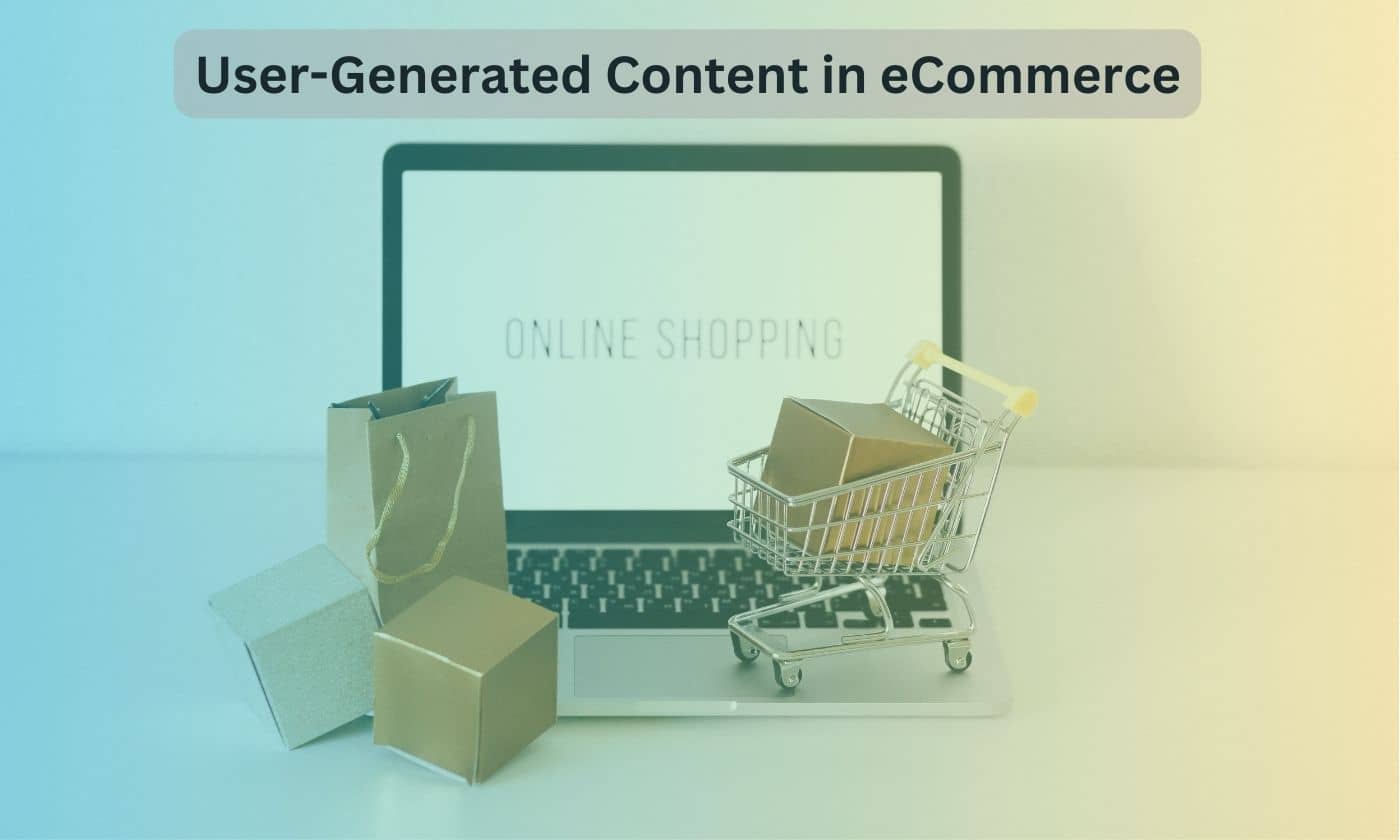In today’s digital age, user-generated content (UGC) has become a powerful tool for eCommerce businesses to drive conversions and increase sales.
UGC refers to any content created and shared by customers or users, such as reviews, testimonials, photos, videos, and social media posts. It is authentic, trustworthy, and can have a significant impact on potential customers’ buying decisions.
In this article, we will be discussing the significance of user-generated content in eCommerce and how it can be utilized to enhance conversions.
Table of Contents
Why User-Generated Content Matters
User-generated content is a goldmine of valuable information and social proof. It provides genuine insights into how customers perceive your products and brand, helping potential buyers make informed decisions. Here are some reasons why UGC matters in eCommerce:
- Builds Trust and Credibility: Consumers trust the opinions of fellow shoppers more than brand-generated content. Positive reviews and user testimonials can boost your credibility and encourage others to buy.
- Increases Engagement: UGC sparks engagement and interactions on your eCommerce platform, increasing the time visitors spend on your site.
- Enhances SEO: User-generated content includes relevant keywords and phrases that can improve your search engine rankings and attract organic traffic.
- Showcases Real-Life Use Cases: UGC often showcases your products in real-life situations, helping potential customers envision themselves using your products.
Types of User-Generated Content in eCommerce
UGC comes in various forms, and each can play a crucial role in driving conversions. Here are some common types of user-generated content used in eCommerce:
1. Customer Reviews and Ratings
Customer reviews and ratings are among the most influential forms of UGC. They provide insights into product quality, customer service, and overall satisfaction. Positive reviews act as social proof, while negative reviews offer opportunities for improvement.
2. User Photos and Videos
Customers sharing photos and videos of themselves using your products bring authenticity to your brand. This UGC showcases products in real-life situations and helps build a community of satisfied customers.
3. Social Media Posts and Mentions
UGC on social media platforms, such as Instagram, Twitter, and Facebook, allows your customers to share their experiences with your products. Sharing these posts on your eCommerce site can increase brand visibility and trust.
4. Testimonials and Case Studies
Long-form UGC in the form of testimonials or case studies can be particularly impactful. They dive deep into the benefits of your products and how they have positively impacted customers’ lives.
How to Encourage User-Generated Content
Encouraging customers to create and share UGC requires a strategic approach. Here are some effective methods to stimulate UGC:
1. Offer Incentives
Offering incentives, such as discounts or loyalty points, in exchange for reviews or sharing UGC can motivate customers to participate.
2. Create Engaging Hashtags
Create branded hashtags and encourage customers to use them when sharing their experiences on social media. This helps collect UGC and allows you to track and repost it.
3. Host Contests and Giveaways
Contests and giveaways are a great way to motivate customers to share UGC. Ask participants to create content showcasing your products for a chance to win.
4. Feature UGC on Your Website
Showcase UGC on your eCommerce site to give customers the spotlight. Featuring their content not only encourages others to share but also creates a sense of community.
Leveraging User-Generated Content to Drive Conversions
Now that you understand the significance of UGC in eCommerce let’s explore how to leverage it to drive conversions and boost your sales.
1. Display UGC on Product Pages
Integrate UGC into your product pages to provide real-life examples of how customers use and benefit from your products. This can lead to increased product understanding and higher conversion rates.
2. Highlight UGC in Marketing Campaigns
Incorporate UGC into your email marketing campaigns, social media posts, and advertisements. This provides social proof and increases the likelihood of conversions.
3. Create Shoppable UGC Galleries
Develop shoppable galleries that showcase UGC, allowing customers to click on images to directly access the product page. This streamlines the shopping process and increases conversion opportunities.
4. Use UGC in Retargeting
Retarget customers who have shown interest in your products with UGC. Seeing UGC from satisfied customers can reignite their interest and drive them back to your site to make a purchase.
5. Encourage Customer Reviews and Testimonials
Actively request reviews and testimonials from customers after a purchase. Display them prominently on your site to build trust and encourage conversions.
Measuring the Impact of User-Generated Content
To determine the effectiveness of your UGC strategy, it is essential to measure its impact. Here are some metrics to track:
- Conversion Rate: Measure how many visitors who interacted with UGC ended up making a purchase.
- Time on Page: Observe how much time visitors spend on pages that feature UGC. Longer times indicate higher engagement.
- Click-Through Rate (CTR): Monitor the CTR of UGC in emails and social media posts to assess its effectiveness.
- Social Media Engagement: Track likes, shares, and comments on UGC to gauge its popularity.
- Return on Investment (ROI): Calculate the ROI of your UGC campaign by comparing the cost of incentives with the increase in conversions.
Conclusion
In conclusion, user-generated content has proven to be a powerful and invaluable asset for eCommerce businesses looking to drive conversions and boost sales. By embracing and leveraging UGC, you can establish trust, authenticity, and engagement with your target audience.
The insights and social proof provided by customer reviews, testimonials, photos, and videos can significantly influence potential buyers’ purchasing decisions.
To make the most of user-generated content, it’s essential to encourage customers to share their experiences, engage with your brand on social media, and provide feedback.
Overall, UGC is a game-changer in the digital landscape, and integrating it into your eCommerce strategy can significantly impact your business’s success with user-generated content in eCommerce.
Check out the ‘Marketing’ page in eCom LightSpeed to learn more about how to effectively market your eCommerce products and drive more sales.
